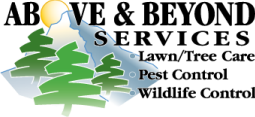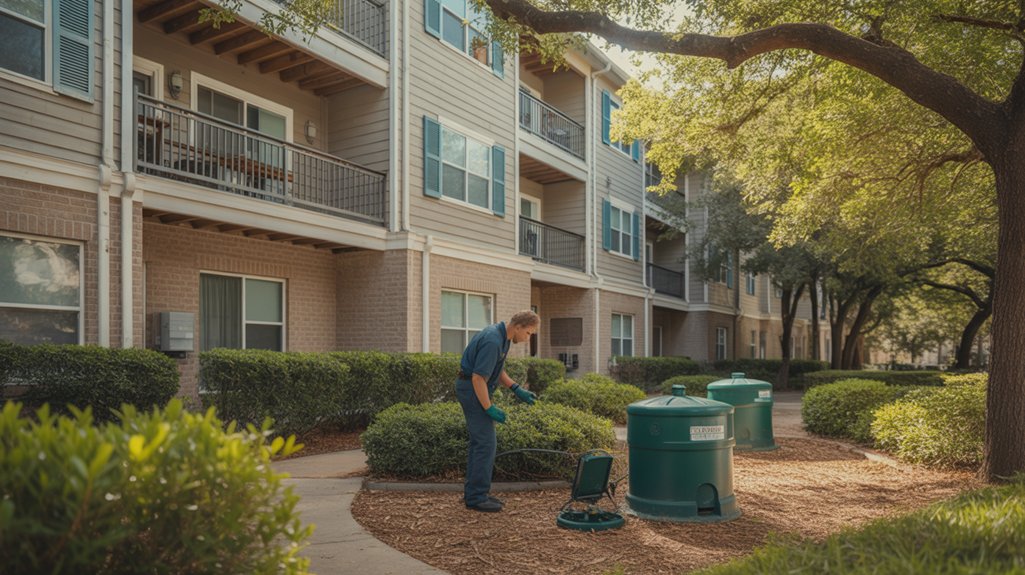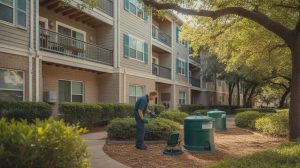When it comes to multi-unit pest control in Aurora, Colorado, you’ll want to take a strategic approach. It’s not just about extermination; it’s about prevention and maintenance. Understanding common pests and how they thrive in communal spaces is key. By implementing effective strategies, you can protect your residents and maintain property integrity. But what specific methods should you consider to ensure a pest-free environment? Let’s explore that further.
Best Methods for a Pest -Free Environment:
- Implement Integrated Pest Management (IPM) strategies to focus on prevention and minimize chemical use in multi-unit buildings.
- Conduct regular inspections and engage residents to report unusual sightings for early pest detection.
- Utilize pest-proofing techniques such as sealing cracks and installing door sweeps to prevent pest entry.
- Maintain cleanliness in common areas and encourage residents to manage food debris effectively.
- Apply seasonal treatments during peak pest activity times to control infestations proactively.
Understanding Common Pests in Multi-Unit Dwellings

In multi-unit dwellings, understanding common pests is crucial for maintaining a healthy living environment.
Start by using effective pest identification techniques to spot signs of infestations early. Look for droppings, shed skins, and gnaw marks, which can help you recognize the type of pest you’re dealing with.
Next, engage in pest behavior analysis to understand their habits and habitats. Knowing when and where pests are most active allows you to take preventive measures.
For instance, cockroaches thrive in warm, moist areas, while rodents often seek shelter in dark, cluttered spaces. By familiarizing yourself with these behaviors, you can implement targeted strategies that minimize pest attraction and establish a more pest-free community.
Importance of Regular Inspections and Monitoring

Regular inspections and monitoring are essential to keep pest problems from escalating in multi-unit buildings. By establishing a consistent inspection frequency, you can catch issues early before they become widespread.
Utilize effective pest detection techniques to identify signs of infestation, such as droppings, nests, or damage. Regular walkthroughs and thorough checks of common areas, units, and basements can help you stay ahead of potential pest problems.
Engaging residents in reporting unusual sightings also enhances detection efforts. Remember, proactive monitoring not only protects structural integrity but also improves tenant satisfaction, as residents feel safer and more comfortable in a pest-free environment.
Don’t wait for complaints—make inspections and monitoring a priority in your pest management strategy.
Implementing Integrated Pest Management (IPM) Strategies

While it might seem easier to rely on traditional pest control methods, implementing Integrated Pest Management (IPM) strategies is far more effective for multi-unit buildings.
IPM focuses on prevention, combining pest identification techniques with eco-friendly solutions to manage pest populations sustainably. Start by assessing your building’s environment to identify potential pest entry points and breeding grounds.
Use non-toxic methods and natural predators whenever possible, minimizing chemical use. Regular monitoring helps you stay ahead of infestations, allowing for quick action when pests are spotted.
Educating your team on IPM principles ensures everyone’s on the same page and committed to maintaining a pest-free environment.
Effective Communication With Residents
How can you ensure residents stay informed about pest control efforts? Effective communication is key. Keep residents engaged by sharing updates through newsletters, emails, or community boards. Establish feedback mechanisms, such as surveys or suggestion boxes, to gather their insights and concerns. This approach not only helps you address issues promptly but also fosters a sense of community involvement.
| Communication Method | Purpose | Frequency |
|---|---|---|
| Newsletters | Inform about pest control | Monthly |
| Emails | Quick updates & alerts | As needed |
| Community Meetings | Discuss concerns & feedback | Quarterly |
| Surveys | Gather resident feedback | Bi-annual |
| Suggestion Boxes | Collect ongoing suggestions | Ongoing |
Preventative Measures for Pest Control
Effective communication with residents sets the stage for successful pest control initiatives, but taking proactive steps can significantly reduce pest issues before they arise.
You can implement pest proofing techniques by sealing cracks, installing door sweeps, and ensuring windows close tightly. Encourage residents to keep common areas clean and free of food debris, as this minimizes attraction for pests.
Seasonal treatments are also crucial; applying preventive measures during peak pest activity times can deter infestations. Regular inspections of your building can help identify vulnerable areas and allow for timely interventions.
Choosing the Right Pest Control Professionals
When selecting pest control professionals for your multi-unit building, what factors should you consider to ensure you make the right choice?
First, check for pest control certifications; these indicate a level of expertise and commitment to safe practices. Professionals with recognized certifications are more likely to use effective methods that minimize risks to residents.
Next, research the service provider’s reputation. Look for online reviews and ask for references from other multi-unit buildings. A company with a solid reputation won’t only be reliable but also responsive to your specific needs.
Frequently Asked Questions
How Often Should Pest Control Be Scheduled for Multi-Unit Buildings?
You should schedule pest control treatments regularly, ideally every three months. This pest control frequency helps maintain a pest-free environment, ensuring you address any issues promptly and effectively through consistent treatment scheduling for your multi-unit building.
Are There Eco-Friendly Pest Control Options Available?
Yes, you’ll find eco-friendly pest control options available. Consider using natural remedies like essential oils or organic pesticides, which effectively manage pests while minimizing environmental impact. These alternatives can be safer for your family and pets, too.
What Should Residents Do During Pest Control Treatments?
During pest control treatments, you should follow pre-treatment preparations by clearing areas, storing food, and removing pets. After treatment, your post-treatment responsibilities include waiting for the specified time before cleaning or re-entering treated spaces.
How Can Residents Report Pest Sightings Effectively?
To report pest sightings effectively, follow your building’s reporting procedures. Use designated communication channels, like a maintenance app or email, ensuring you provide details about the location and type of pest for prompt action.
What Are the Signs of a Pest Infestation?
To identify a pest infestation, you’ll notice signs like droppings, gnaw marks, or nests. Familiarize yourself with common pest types and use effective pest identification methods to recognize these issues early and report them promptly.
To learn more about the serious structural hazards and financial implications caused by animal incursions, please check our guide explaining how animals can harm your home by causing wildlife roof damage.
Key Takeaways:
In conclusion, effective pest control in multi-unit buildings in Aurora, CO, relies on proactive measures and collaboration. By understanding common pests, conducting regular inspections, and implementing Integrated Pest Management strategies, you can significantly reduce infestations. Engaging residents in prevention efforts and maintaining open communication fosters a pest-free environment. Remember, choosing the right pest control professionals can make all the difference in safeguarding your building and ensuring a comfortable living space for everyone.
For a deeper understanding of proactive and non-chemical methods, consult the core principles of Integrated Pest Management (IPM), which is the industry’s preferred long-term strategy for multi-family housing.




